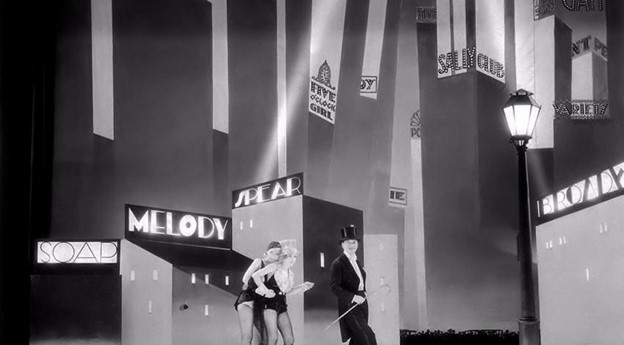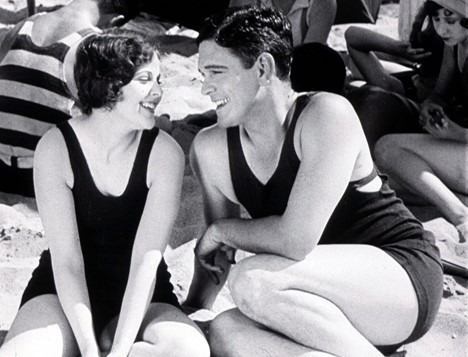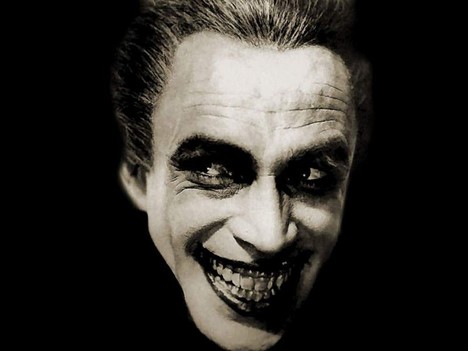The New Babylon (1929)

"The New Babylon" by Grigori Kozintsev & Leonid Trauberg Like many of the other Soviet films of the 1920s, " The New Babylon " used a fictional account of non-fictional historical events to represent the opinions of the Communist Soviet state. In fact, the film goes directly to the source of the Communist ideology that represented the current political state. Most would assume this was Karl Marx, and it was. However, Karl Marx took his inspiration from the 1871 Paris Commune. Marx describes the Paris Commune as "A dictatorship of the proletariat." In order to understand " The New Babylon ," you must at least have come contextual knowledge of this point in history. After the Franco-Prussian War of 1870-71, the city of Paris was surrounded by Prussian forces. Within the city, a civil war spread between the right-leaning bourgeois and the left-leaning socialist laborers. Eventually, the socialists took power in Paris and established a new gover





